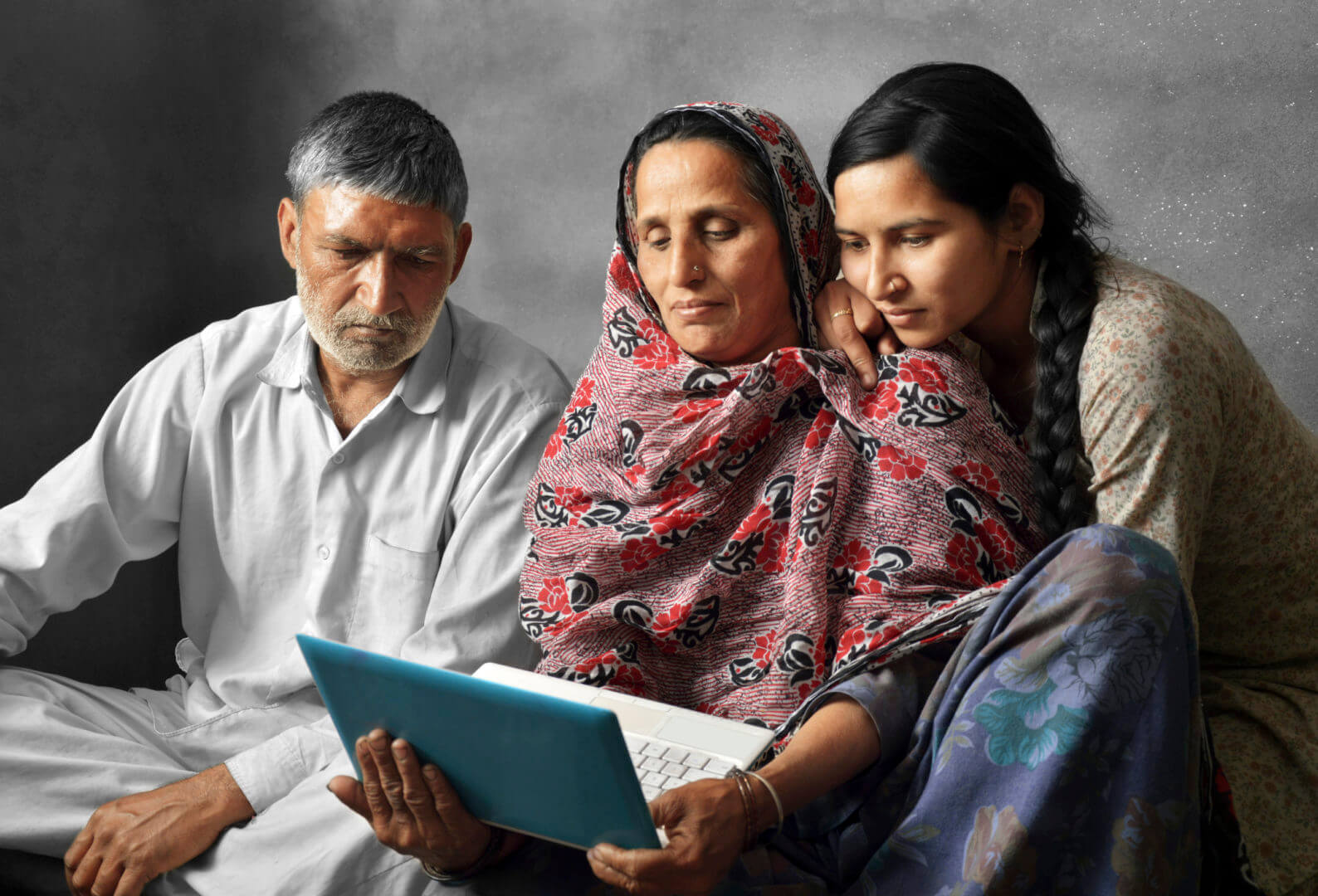For Mature Audiences
When people think of the Internet of Things (IoT), they might consider conveniences such as refrigerators that remind us when we’re out of milk, or thermostats that adjust automatically.
However, IoT technology, which is rapidly allowing things to communicate directly with each other, may be not only quality-of-life enhancing but also life saving. Researchers at the USC Viterbi School of Engineering and Keck School of Medicine of USC are looking into how IoT might foster independence, mobility and security among the elderly.
For example, with the precision of IoT motion sensors, assisted living technologies will be able to detect sudden motion, such as falls or seizures, and automatically call for help. Self-driving cars and optimized public transit informed by sensor data will allow senior citizens to maintain community activity even if they can no longer drive themselves.
Senior citizens, who comprised about 8 percent of the U.S. population during the 20th century, according to the Department of Health and Human Services, now make up 14.5 percent — and that number is growing. At the same time, the ratio of workers to taxpaying Americans continues to decline. Today, just three American workers pay for a single senior; by 2030, that ratio will fall to two workers to one recipient.
IoT, by increasing efficiencies and reducing costs, could allow society to care for the growing senior population without raising taxes or reducing care.
“Common sense will tell you that the cost of a hip fracture is much higher than the cost of preventing it, which high-tech solutions are increasingly able to do,” said Dr. Laura Mosqueda, chair and professor of clinical family medicine at Keck. “In addition, healthy aging often has to do with social connectedness. So going forward, and especially with the introduction of IoT, what we’re really trying to do is help people live where they want to live as independently as possible.”
Living alone
Although LifeCall, the medical alert service made famous with its “I’ve fallen and I can’t get up” commercials from the 1980s, and similar services allow seniors to contact an ambulance when immobilized, the researchers envision an assisted living system featuring IoT that would expedite life-saving measures by circumventing human action entirely, contacting help, such as a homecare specialist or even an ambulance, directly. In addition, IoT assisted living systems could enact preventative measures.
“With indoor localization, we can effectively use IoT to monitor a user’s vitals without being too intrusive,” said Andreas Molisch, a professor in the Ming Hsieh Department of Electrical Engineering and head of USC Viterbi’s Wireless Devices and Systems Group (WiDeS). Molisch and fellow researchers could turn IoT-assisted living systems into reality with their developments in centimeter-accuracy indoor localization for 5G networks. Their research is on developing the technology to measure trends and anticipate medical emergencies. Those extra minutes saved by the access to data to create predictive models, or by cutting out intermediary steps in case of an emergency, could be the difference between life and death.
Mobility
Beyond emergency response, IoT should allow for advances in transportation for all: faster public transit and self-driving cars.
The McKinsey Global Institute found that IoT transit solutions could reduce world commute times by 70 percent, resulting in $60 billion in savings annually.
“The first step of simply connecting supply and demand information will help reduce inefficiencies in existing systems,” said Ketan Savla, John and Dorothy Shea Early Career Chair in Civil Engineering. “Although this requires investment in communication infrastructure, given the falling costs of connectivity and ongoing public-private partnership in this arena, the benefits will outweigh the cost.”
The pinnacle of IoT development, of course, is self-driving cars. As ride-sharing models perfect the interactions between supply and demand, self-driving cars are refining interactions. Self-driving cars may enter the market sooner than you think because, after all, they don’t have to be perfect, just less accident prone than humans.
Personalized, proactive health care
“The biggest open problem in most of medicine is the lack of personalization, from prevention to diagnosis to treatment,” said Bhaskar Krishnamachari, Ming Hsieh Faculty Fellow and professor of electrical engineering who leads USC Viterbi’s Autonomous Networks Research Group.
IoT may increase the medical industry’s ability to personalize health care through continued aggregation of sensor data, both to detect individual responses as well as to evaluate population trends.
For example, with constant sensor data collection of a patient’s vital signs, doctors could remotely assess a patient’s response to a certain pharmaceutical dosage. This could lead to shorter hospital stays and a more holistic approach to long-term care that offers patients the comfort and security of their own homes, according to Mosqueda.
A ripple effect
“Improving the experience of aging often means helping older adults maintain their independence. For families and caregivers, it means implementing easier and more efficient systems of care,” Mosqueda said.
However, a much greater social benefit could emerge out of these technological developments.
“Other societies rely on their village elders as a source of wisdom and guidance,” Mosqueda said. “IoT could benefit us all by re-engaging this large and growing proportion of our society.”




